When oil is discovered in 1920s Oklahoma under Osage Nation land, the Osage people are murdered one by one—until the FBI steps in to unravel the mystery. Killers of the […]
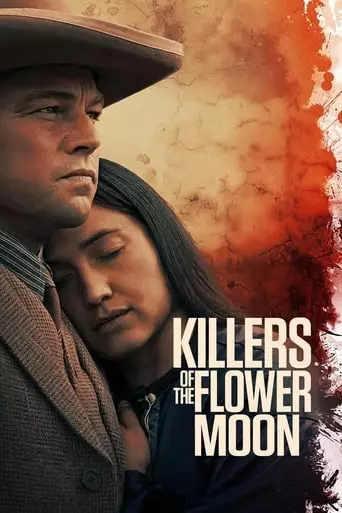
When oil is discovered in 1920s Oklahoma under Osage Nation land, the Osage people are murdered one by one—until the FBI steps in to unravel the mystery. Killers of the […]
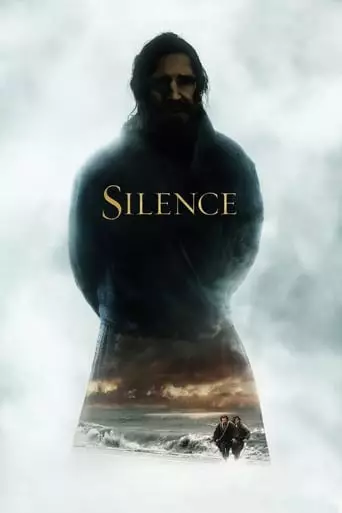
Two Jesuit priests travel to seventeenth century Japan which has, under the Tokugawa shogunate, banned Catholicism and almost all foreign contact. Silence (2016), directed by Martin Scorsese, is a profound […]
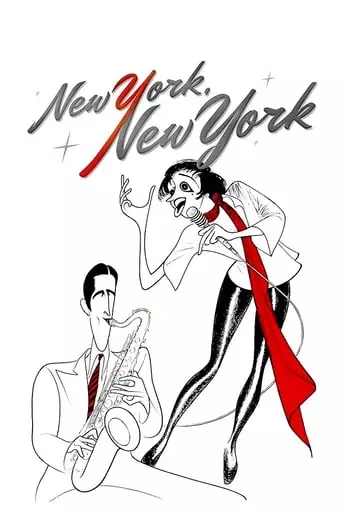
An egotistical saxophone player and a young singer meet on V-J Day and embark upon a strained and rocky romance, even as their careers begin a long uphill climb.

A Catholic New Yorker falls in love with a girl and wants to marry her, but he struggles to accept her past and what it means for their future.
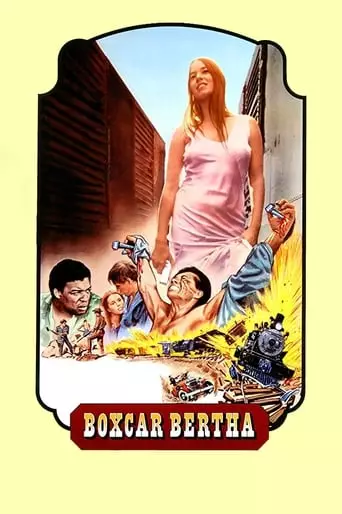
“Boxcar” Bertha Thompson, a transient woman in Arkansas during the violence-filled Depression of the early ’30s, meets up with rabble-rousing union man “Big” Bill Shelly and the two team up […]
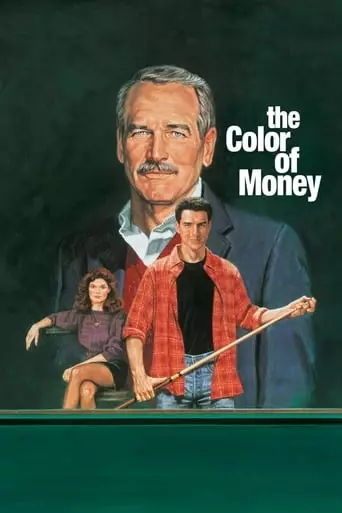
Former pool hustler “Fast Eddie” Felson decides he wants to return to the game by taking a pupil. He meets talented but green Vincent Lauria and proposes a partnership. As […]
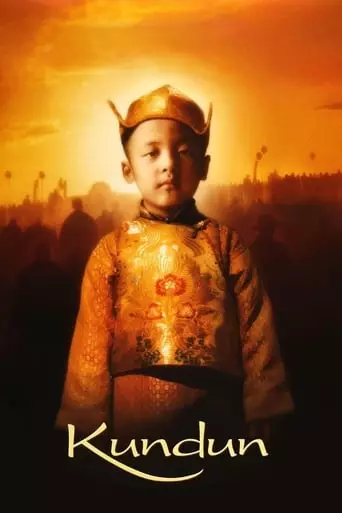
The Tibetans refer to the Dalai Lama as ‘Kundun’, which means ‘The Presence’. He was forced to escape from his native home, Tibet, when communist China invaded and enforced an […]

In 19th century New York high society, a young lawyer falls in love with a woman separated from her husband, while he is engaged to the woman’s cousin.
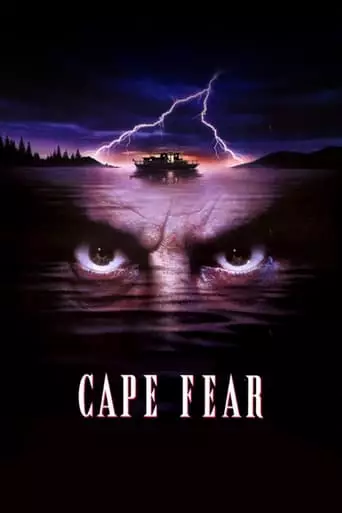
Sam Bowden is a small-town corporate attorney. Max Cady is a tattooed, cigar-smoking, Bible-quoting, psychotic rapist. What do they have in common? 14 years ago, Sam was a public defender […]
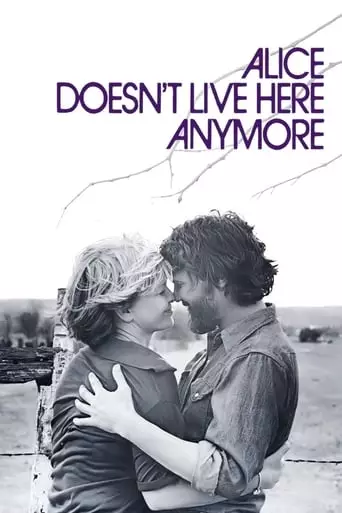
After her husband dies, Alice and her son, Tommy, leave their small New Mexico town for California, where Alice hopes to make a new life for herself as a singer. […]
Martin Scorsese: The Visionary Architect of Modern Cinema
Martin Scorsese, born November 17, 1942, in Queens, New York, is widely regarded as one of the greatest directors in the history of film. Known for his unparalleled ability to craft narratives that delve deep into the human psyche, Scorsese has created a body of work that is as diverse as it is influential. Over a career spanning more than five decades, he has explored themes of morality, faith, identity, and power with a cinematic style that is both intimate and grandiose.
Early Life and Influences
Growing up in a devout Catholic family in the bustling streets of New York City, Scorsese was deeply influenced by his environment. His childhood in Little Italy exposed him to the complexities of urban life—crime, culture, and religion—which would later become central themes in his films.
Scorsese initially aspired to join the priesthood but found his true calling in filmmaking. He attended New York University’s Tisch School of the Arts, where he honed his craft and developed a passion for the medium. Influenced by directors like Federico Fellini, Akira Kurosawa, and John Cassavetes, Scorsese sought to push cinematic boundaries while telling stories rooted in realism.
A Breakthrough in New Hollywood
Scorsese emerged as a key figure in the “New Hollywood” movement of the 1970s, a period marked by bold, auteur-driven films. His breakthrough came with Mean Streets (1973), a semi-autobiographical crime drama that introduced his recurring themes of guilt, redemption, and moral ambiguity.
Collaborating with Robert De Niro, who would become one of his most frequent collaborators, Scorsese followed up with Taxi Driver (1976). This gritty, psychological exploration of urban alienation and violence catapulted him to international fame and earned the Palme d’Or at the Cannes Film Festival.
Scorsese’s Distinctive Style
Martin Scorsese’s films are defined by their dynamic visual style and deep emotional resonance. Hallmarks of his work include:
Kinetic Camerawork: Scorsese employs fluid tracking shots, dramatic dolly movements, and rapid cuts to create a sense of immediacy and energy. The Copacabana shot in Goodfellas (1990) is a prime example.
Use of Music: His films often feature meticulously curated soundtracks, using rock, classical, and pop music to enhance mood and storytelling.
Complex Characters: Scorsese’s protagonists are often flawed, morally ambiguous individuals grappling with internal and external conflicts.
Religious and Moral Themes: A devout Catholic, Scorsese frequently explores themes of sin, redemption, and spiritual struggle, as seen in The Last Temptation of Christ (1988) and Silence (2016).
Violence and Redemption: While often brutal, violence in Scorsese’s films serves as a means to explore character and consequence rather than mere spectacle.
Iconic Films
“Raging Bull” (1980)
A biographical sports drama about boxer Jake LaMotta, Raging Bull is a raw, unflinching look at self-destruction and redemption. The film, shot in stark black and white, is widely considered one of the greatest films ever made and earned Scorsese his first Oscar nomination for Best Director.
“Goodfellas” (1990)
This mob epic chronicles the rise and fall of gangster Henry Hill. Renowned for its gripping narrative, groundbreaking editing by Thelma Schoonmaker, and magnetic performances, Goodfellas is a cornerstone of the crime genre.
“The Departed” (2006)
A tale of double lives and betrayal within the Boston crime scene, The Departed earned Scorsese his long-overdue first Academy Award for Best Director. The film showcases his mastery of tension and storytelling.
“The Wolf of Wall Street” (2013)
A black comedy about greed and excess, The Wolf of Wall Street explores the moral corruption of stockbroker Jordan Belfort. The film balances humor with biting social commentary, featuring a tour-de-force performance by Leonardo DiCaprio.
“Killers of the Flower Moon” (2023)
A historical crime drama about the Osage murders in 1920s Oklahoma, Killers of the Flower Moon is one of Scorsese’s most recent works, blending his signature style with a powerful exploration of systemic injustice and exploitation.
Collaboration and Influence
Scorsese’s collaborations with actors like Robert De Niro and Leonardo DiCaprio have produced some of cinema’s most memorable performances. Behind the camera, his partnership with editor Thelma Schoonmaker has been pivotal, ensuring the seamless pacing and rhythm of his films.
His influence on modern cinema is profound, shaping directors such as Quentin Tarantino, Paul Thomas Anderson, and Christopher Nolan. Scorsese’s dedication to preserving film history through The Film Foundation, an organization he co-founded, underscores his commitment to cinema as an art form.
Awards and Recognition
Despite being nominated multiple times, Scorsese did not win an Academy Award for Best Director until The Departed (2006). He has since received numerous accolades, including the Golden Globe Cecil B. DeMille Award and the AFI Life Achievement Award. His films remain fixtures in discussions of the greatest movies ever made.
Themes and Legacy
Martin Scorsese’s films are as much about the human condition as they are about the environments in which his characters live. From the gritty streets of New York to the opulent offices of Wall Street, his stories grapple with identity, morality, and the eternal struggle between good and evil.
Scorsese’s enduring passion for cinema, coupled with his ability to adapt to new storytelling methods and technologies, ensures his relevance in an ever-evolving industry. His body of work is a testament to the transformative power of film and its ability to reflect the complexities of the human experience.
Conclusion
Martin Scorsese stands as a towering figure in the world of cinema. With an unmatched ability to blend visceral storytelling with profound thematic depth, he has continually redefined what it means to be a filmmaker. From the seedy underworld of organized crime to the spiritual dilemmas of faith, Scorsese’s films are a mirror to society’s deepest struggles and triumphs, earning him a legacy that will endure for generations.